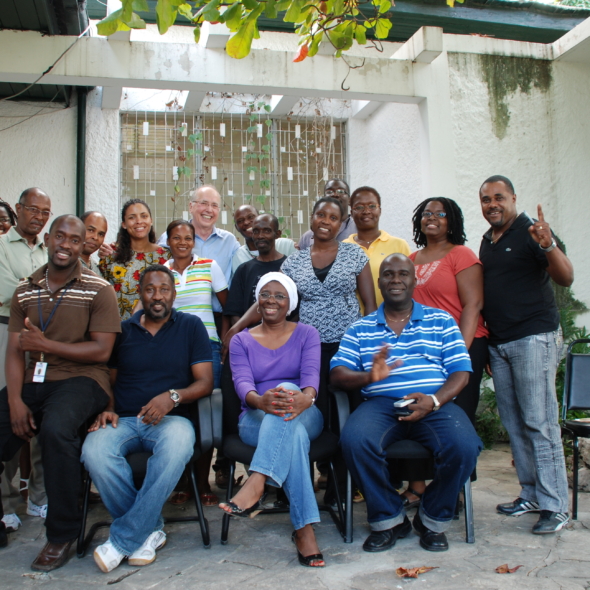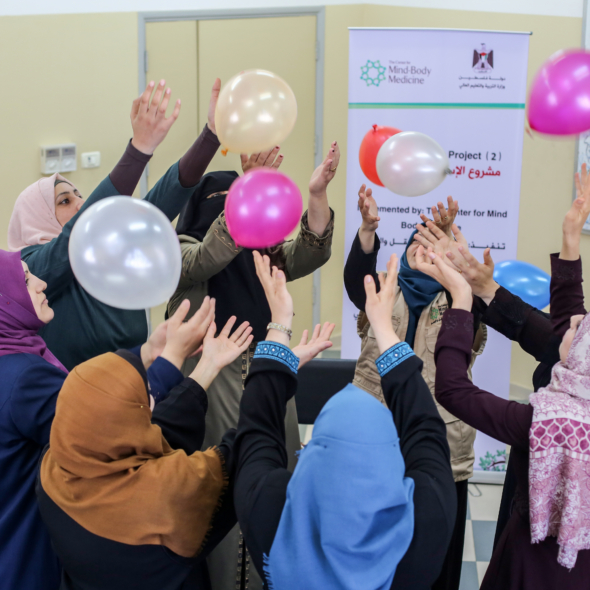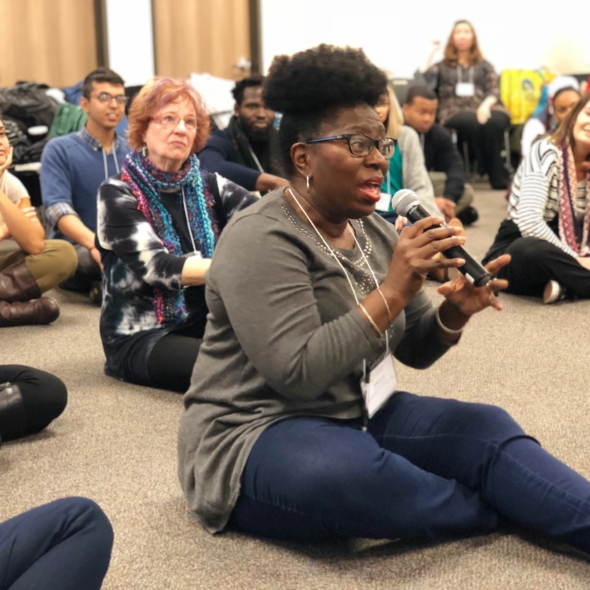Meditation quiets your body and allows you to observe more calmly the mind-generated terrors that may alternately agitate and immobilize you. And meditation nourishes the courage and persistence you will need as you make the journey through and beyond anxiety, despondency, and fear.
James S. Gordon MD from Unstuck
Using meditation for anxiety has become more common in recent years. The belief is if you confront and accept your anxiety instead of avoid it, then you can learn how to prevent it from affecting other areas of your life. Anxiety often comes from some fear of the past or the future; meditation brings you back to the present moment. Everyone experiences anxiety differently, and for a variety of reasons. Luckily, there are several types of meditation, so each individual can decide which works best for them.
Concentrative meditation is a focused awareness of a particular object, such as an image or a sound. Our most popular meditation for anxiety is Soft Belly breathing, which combines deep breathing with guidance to focus the brain. The focus helps move anxious thoughts to the periphery of our consciousness, allowing us to relax.
 Mindfulness meditation involves being relaxed and aware of thoughts, feelings, and sensations as they arise, without focusing on a particular object. This is what people typically think of when the word “meditation” is mentioned. Becoming aware of your anxious thoughts and emotions, you can nourish and strengthen yourself, allowing yourself to gradually release the hold they have on you.
Mindfulness meditation involves being relaxed and aware of thoughts, feelings, and sensations as they arise, without focusing on a particular object. This is what people typically think of when the word “meditation” is mentioned. Becoming aware of your anxious thoughts and emotions, you can nourish and strengthen yourself, allowing yourself to gradually release the hold they have on you.
Expressive meditation includes active techniques, such as chanting, dancing, shaking, and fast, deep breathing. Movement alters brain chemistry, and therefore mood. Exercise has been shown to decrease anxiety time and time again. Our favorite expressive meditation for anxiety is Shaking and Dancing – a surefire way to melt the anxiety away.


